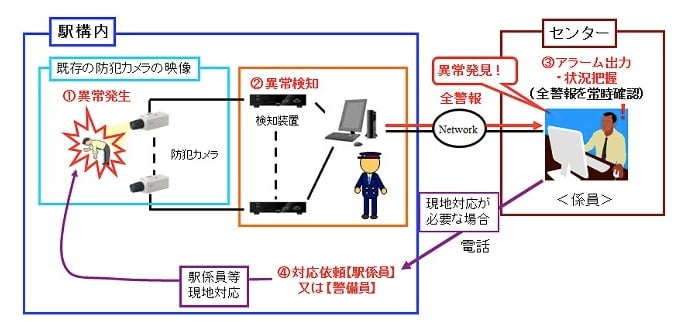Japan is using automated cameras to detect drunk train commuters
Japan has a drinking problem. So prevalent is the act of tippling in public that 60% of passengers hit (link in Japanese) on train platforms in the year beginning in April 2013 were drunk (via the Wall Street Journal).


Japan has a drinking problem. So prevalent is the act of tippling in public that 60% of passengers hit (link in Japanese) on train platforms in the year beginning in April 2013 were drunk (via the Wall Street Journal).
To address the problem, Japanese railway group JR West announced (link in Japanese) plans to set up 46 surveillance cameras (installed this week) to automatically detect which travelers are intoxicated and at risk of injury. The cameras suss out whether a traveller is drunk based on their movements, for instance, if a passenger sits on a bench for too long, falls asleep, or weaves across a platform. The system then notifies an attendant to check on the traveler.
So far, cameras have been installed in the Kyobashi Station in Osaka, a commercial district near the city’s main business center. If they prove successful in reducing accidents, JR West will consider installing the technology at other stations.

Already this year, JR West reconfigured platform benches in its Shin-Osaka railway station to run perpendicular to the tracks rather than parallel. That was based on its finding that 60% of drunk railway accidents in 2012 involved intoxicated passengers who stood up and rushed toward the rails from their bench seats (before that, the company had assumed people were just walking off the edge of the platform).
Other Japanese railways have taken the more expensive step of installing barriers with sliding doors on their platforms. Of course, the root of the problem may ultimately have more to do with the country’s fatigued and repressed workforce than installing better trinkets on trains.